Home>Gardening & Outdoor>Landscaping Ideas>When Grass Goes To Seed, Will It Grow
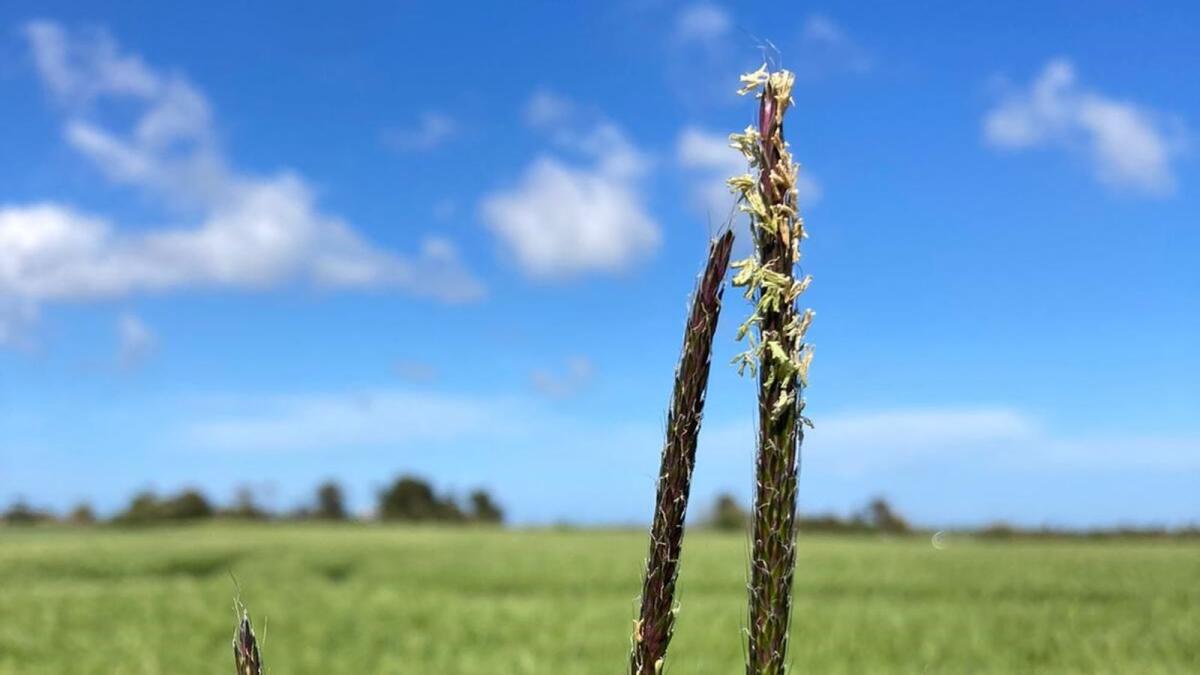

Landscaping Ideas
When Grass Goes To Seed, Will It Grow
Modified: February 18, 2024
Discover expert landscaping ideas for managing grass that has gone to seed and learn how to encourage healthy growth in your yard.
(Many of the links in this article redirect to a specific reviewed product. Your purchase of these products through affiliate links helps to generate commission for Storables.com, at no extra cost. Learn more)
Introduction
When it comes to landscaping, a lush, green lawn is often the centerpiece of outdoor beauty. However, achieving and maintaining a vibrant lawn requires an understanding of the grass life cycle, particularly the process of seed germination. Have you ever wondered what happens when grass goes to seed? Will it grow, or is it simply the end of the road for that patch of grass? In this article, we will delve into the intricacies of grass seed germination, exploring the factors that influence its success and providing valuable tips for ensuring the growth of healthy, vibrant grass. By gaining insights into the life cycle of grass and the secrets of successful seed germination, you can take your landscaping endeavors to new heights and cultivate a stunning, verdant lawn that will be the envy of the neighborhood.
Key Takeaways:
- Grass seed germination requires optimal conditions such as water, temperature, soil quality, and protection from weeds. By understanding and implementing these factors, you can cultivate a vibrant and resilient lawn.
- Choosing the right grass seed, preparing the soil, providing consistent moisture, and controlling weed growth are essential for successful grass seed germination. With patience and care, you can create a lush and inviting outdoor space.
Read more: When Cilantro Goes To Seed
Understanding the Grass Life Cycle
Before delving into the specifics of grass seed germination, it’s crucial to grasp the overall life cycle of grass. Understanding this cycle provides valuable insights into the optimal conditions for seed growth and the factors that influence its success.
Grass, like all plants, undergoes a life cycle that encompasses several distinct stages. It begins with the germination of a seed, which is followed by the development of roots, stems, and leaves. As the grass matures, it enters the reproductive phase, during which it produces seeds. These seeds are essential for the perpetuation of the grass species, as they contain the genetic material necessary for new plant growth.
When grass goes to seed, it signifies the culmination of its reproductive phase. At this stage, the grass plant channels its energy into producing seeds, which are dispersed into the surrounding environment. Once the seeds are dispersed, they await the right conditions to germinate and initiate a new cycle of growth.
Understanding the grass life cycle provides a foundation for comprehending the intricacies of seed germination. By recognizing the natural progression of a grass plant from seed to maturity, you can gain a deeper appreciation for the factors that influence its growth and vitality.
Factors Affecting Grass Seed Germination
The successful germination of grass seeds is influenced by various factors, each playing a critical role in the growth and establishment of new grass plants. Understanding these factors is essential for creating optimal conditions that promote robust seed germination.
- Water: Adequate moisture is crucial for seed germination. When grass seeds are sown, they require consistent moisture to initiate the germination process. Insufficient water can hinder germination, while excessive moisture may lead to rotting or fungal diseases.
- Temperature: Grass seed germination is greatly influenced by temperature. Different grass species have specific temperature requirements for optimal germination. Generally, cool-season grasses germinate best in cooler temperatures, while warm-season grasses require warmer conditions.
- Soil Conditions: The quality and composition of the soil play a significant role in seed germination. Well-draining soil that is rich in nutrients provides an ideal environment for germination. Compacted or poor-quality soil can impede the germination process.
- Light: While some seeds require exposure to light to germinate, grass seeds typically do not. In fact, they often germinate more successfully when shielded from direct light by a thin layer of soil or mulch.
- Air: Adequate air circulation in the soil is essential for seed germination. Compacted soil can restrict the flow of air to the seeds, hindering their ability to sprout and develop properly.
- Weed Competition: The presence of competing weeds can hinder grass seed germination. Weeds may outcompete grass seeds for resources, such as water and nutrients, leading to poor germination rates.
By taking these factors into consideration and creating an environment that meets the specific needs of the grass species you are cultivating, you can greatly enhance the likelihood of successful seed germination. Next, we will explore valuable tips for ensuring the successful germination of grass seeds, allowing you to create a vibrant and resilient lawn.
Tip: Once grass goes to seed, it will not grow any taller. However, the seeds can spread and grow new grass if they land in a suitable environment with enough sunlight, water, and nutrients.
Tips for Successful Grass Seed Germination
Ensuring the successful germination of grass seeds is a crucial step in establishing a healthy and vibrant lawn. By implementing the following tips, you can create optimal conditions for seed germination and pave the way for lush, resilient grass to thrive.
- Choose the Right Seed: Select grass seed that is well-suited to your specific climate and soil conditions. Consider factors such as sun exposure, water availability, and foot traffic to determine the most suitable grass species for your lawn.
- Prepare the Soil: Before sowing grass seeds, prepare the soil by loosening it to a depth of a few inches. This promotes better seed-to-soil contact and allows the roots to penetrate the soil more easily once the seeds germinate.
- Provide Adequate Water: Keep the soil consistently moist during the germination period. Water lightly and frequently to prevent the soil from drying out, but avoid overwatering, which can lead to seed rot or fungal issues.
- Monitor Temperature: Be mindful of the temperature conditions required for the germination of the specific grass species you are cultivating. Consider the time of year and seasonal temperature patterns to optimize germination success.
- Protect the Seeds: Consider covering the seeded area with a thin layer of mulch to help retain moisture and shield the seeds from excessive heat or direct sunlight. This protective layer can also deter birds from feeding on the seeds.
- Control Weed Growth: Minimize weed competition by removing existing weeds and preventing new weed growth in the seeded area. Weeds can deprive grass seeds of essential resources and hinder their germination and early growth.
- Be Patient and Consistent: Understand that successful seed germination takes time. Be patient and maintain consistent care and monitoring of the seeded area to ensure that the seeds have the best opportunity to germinate and establish healthy roots.
By incorporating these tips into your grass seed sowing process, you can significantly improve the likelihood of successful germination and the subsequent development of a lush, resilient lawn. With the right approach and attentive care, you can transform your outdoor space into a verdant oasis that enhances the beauty of your home and provides a welcoming environment for outdoor activities and relaxation.
Conclusion
Understanding the intricacies of grass seed germination is essential for anyone seeking to cultivate a vibrant and healthy lawn. From the moment grass goes to seed, a remarkable journey begins, culminating in the emergence of new grass plants that contribute to the natural beauty of outdoor spaces. By comprehending the factors that influence seed germination and implementing effective strategies, you can set the stage for the successful growth of lush, resilient grass.
Throughout the grass life cycle, from seed to maturity, each stage presents unique challenges and opportunities. By providing the right conditions, such as adequate moisture, optimal temperature, and suitable soil quality, you can support the germination and establishment of grass seeds, paving the way for a thriving lawn that enhances the aesthetic appeal of your property.
As you embark on the journey of cultivating a healthy lawn, remember the importance of choosing the right grass seed, preparing the soil thoughtfully, and providing consistent care and attention to the germinating seeds. By following these principles, you can create an environment where grass seeds have the best opportunity to germinate and flourish, ultimately yielding a lush, verdant lawn that serves as a source of pride and enjoyment.
From the initial stages of seed germination to the maturation of the grass plants, your efforts in nurturing and maintaining your lawn will be rewarded with a picturesque and inviting outdoor space. By embracing the knowledge and insights shared in this article, you can embark on a journey to transform your landscape, one grass seed at a time.
Frequently Asked Questions about When Grass Goes To Seed, Will It Grow
Was this page helpful?
At Storables.com, we guarantee accurate and reliable information. Our content, validated by Expert Board Contributors, is crafted following stringent Editorial Policies. We're committed to providing you with well-researched, expert-backed insights for all your informational needs.
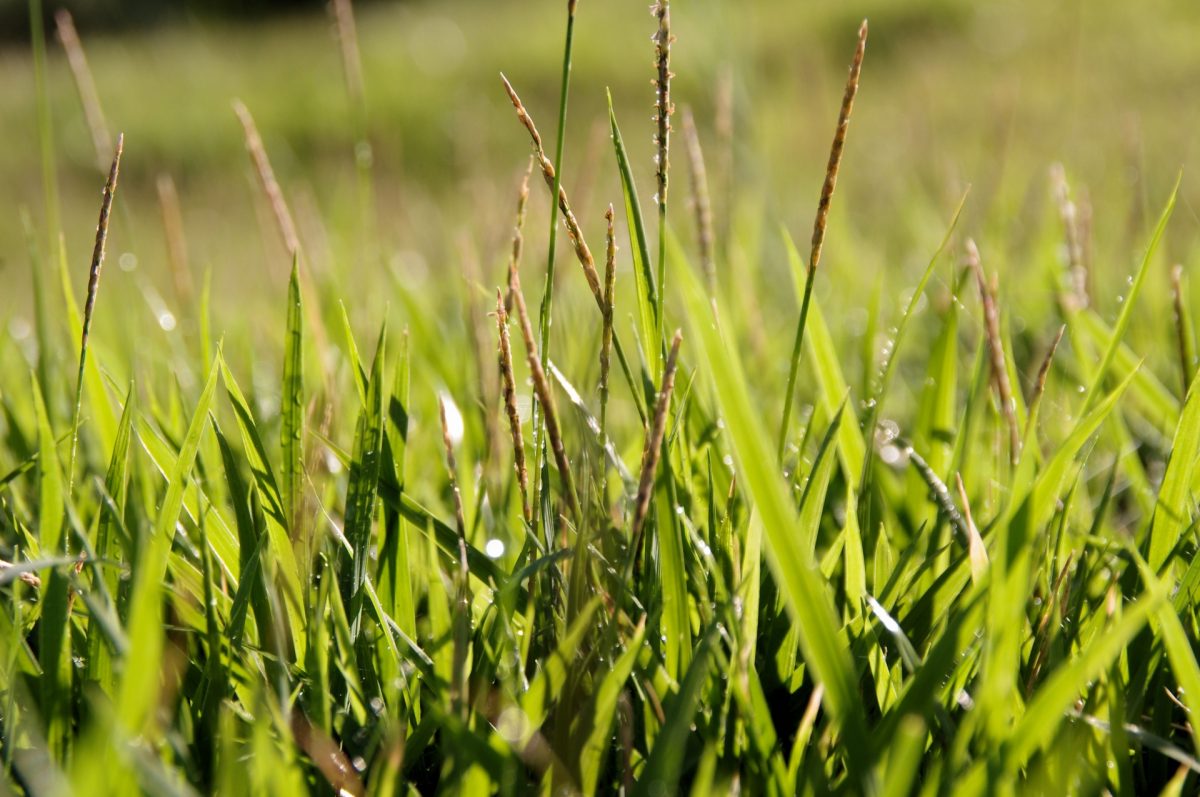
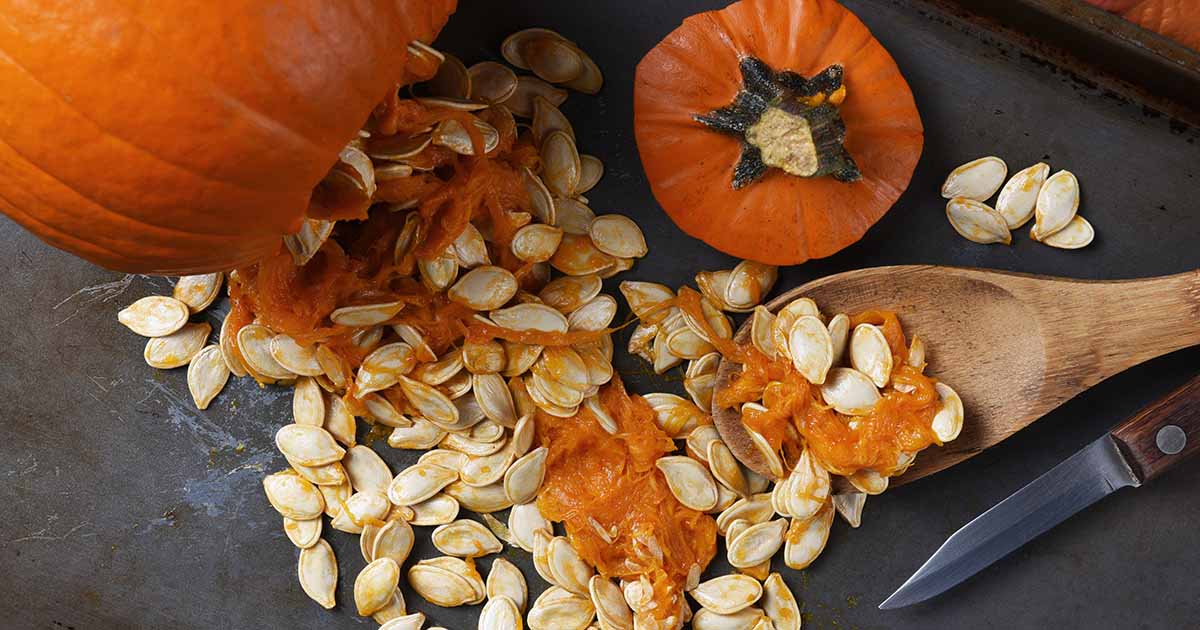
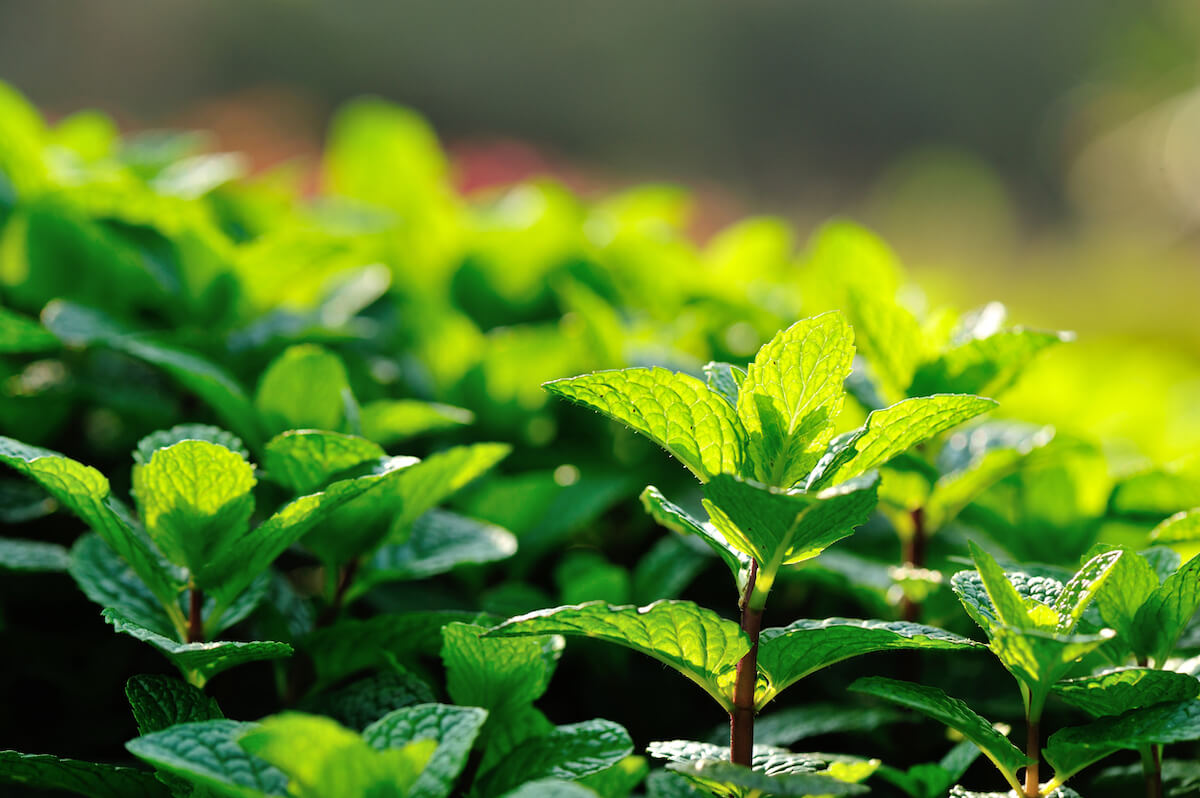

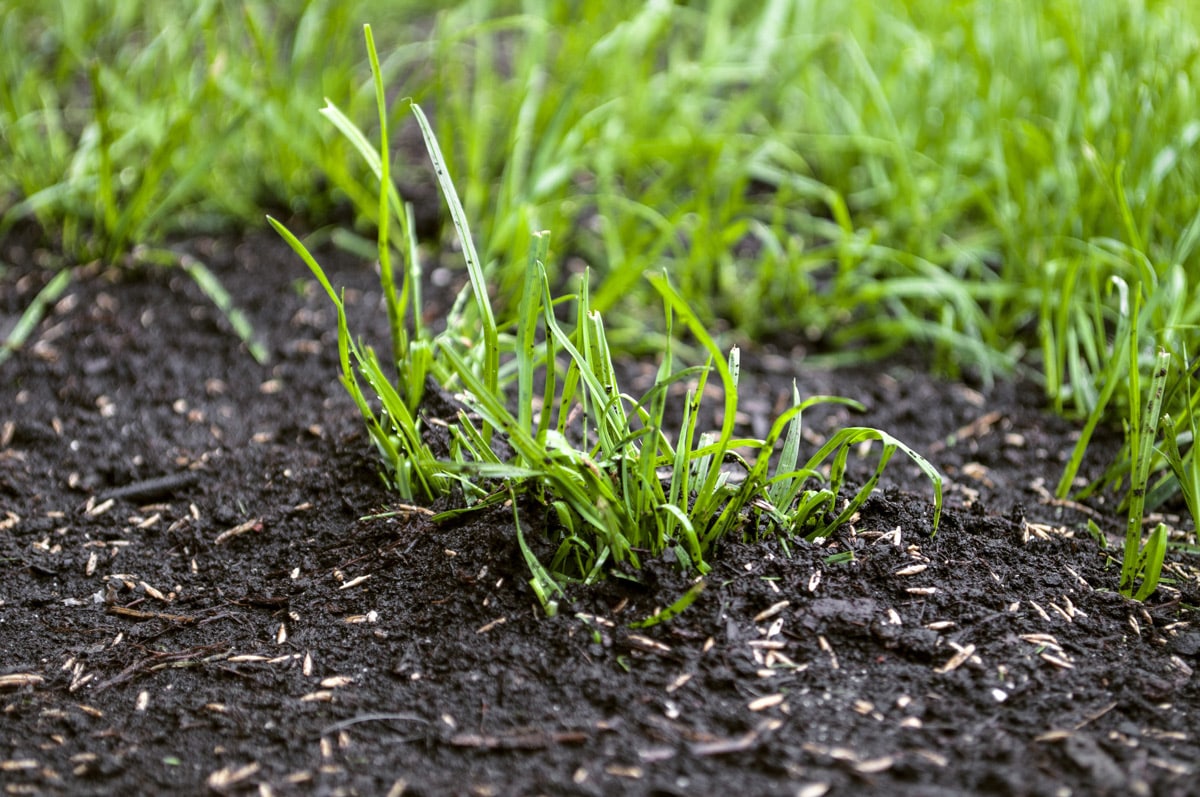
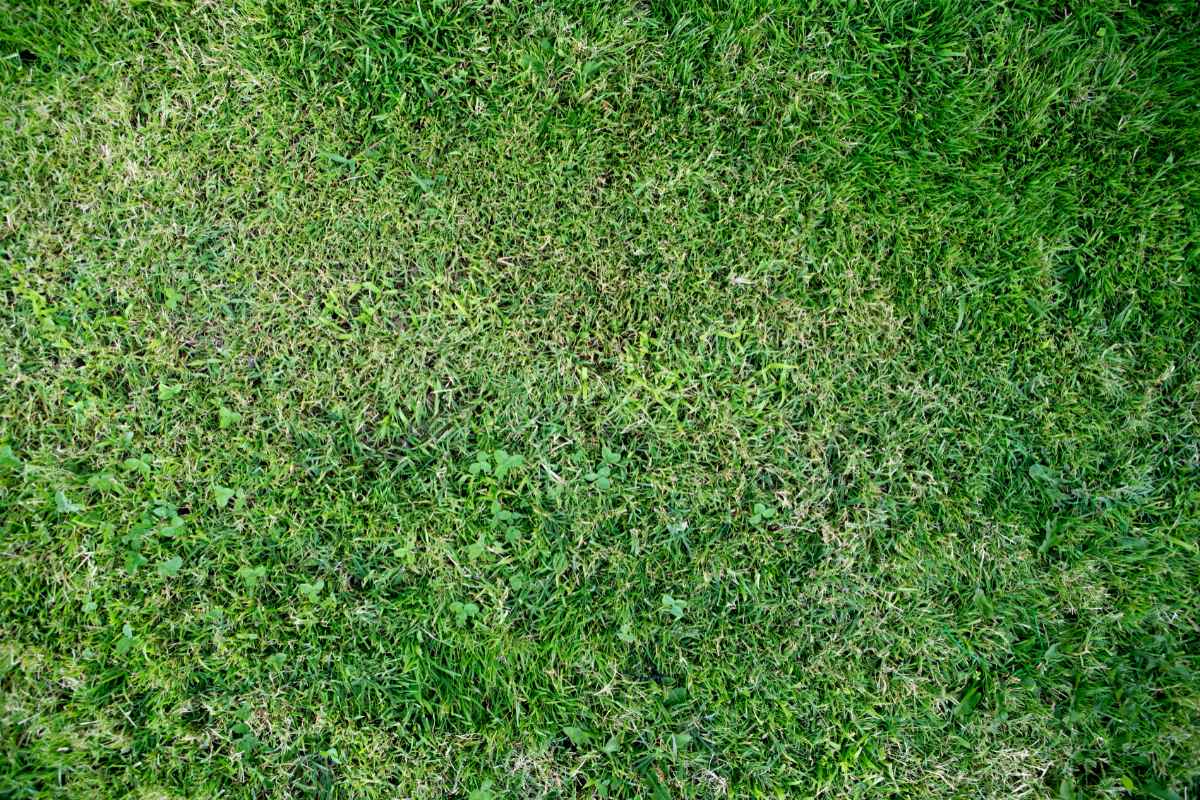
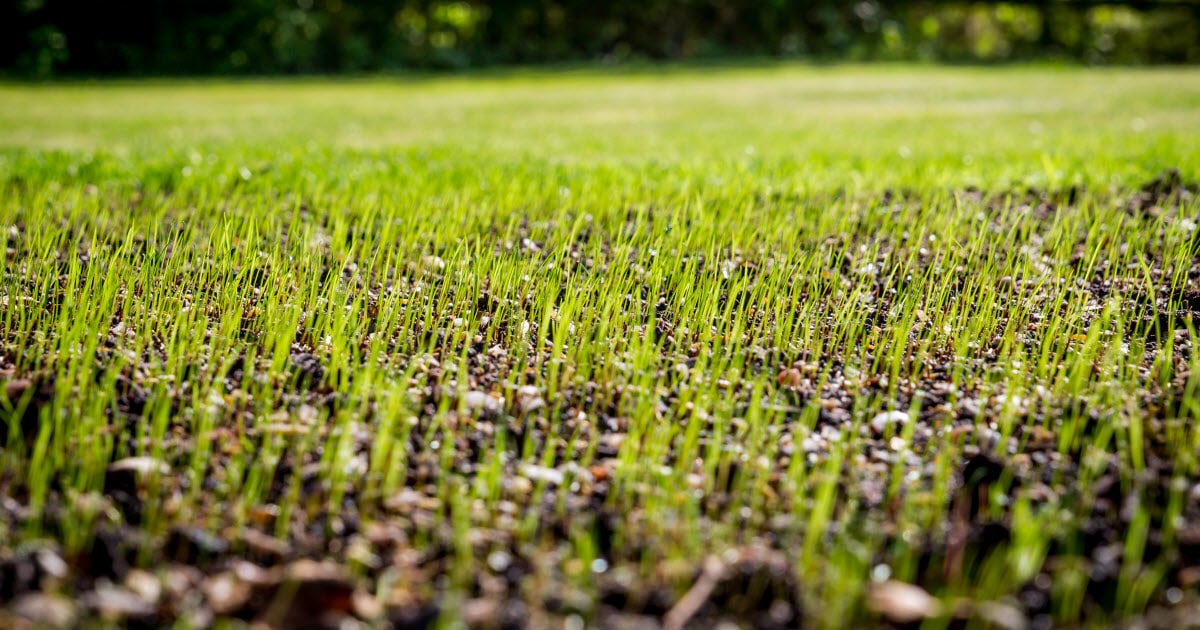
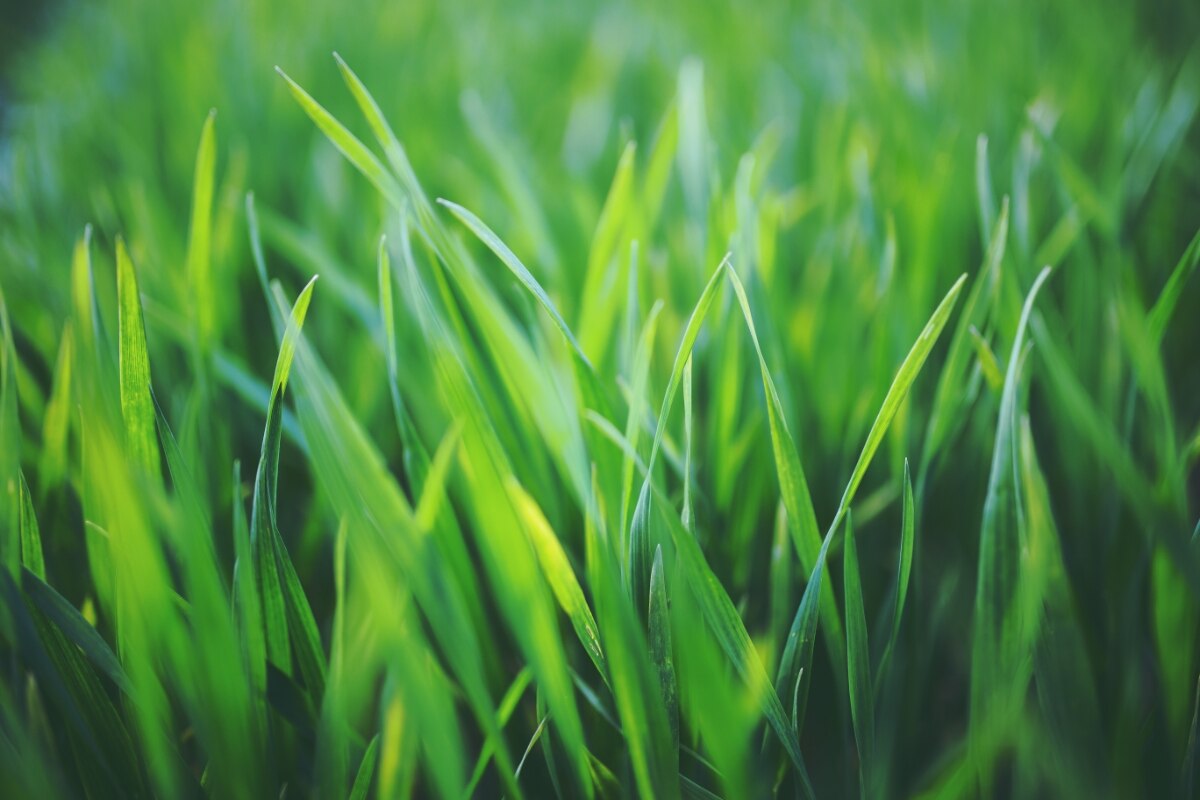
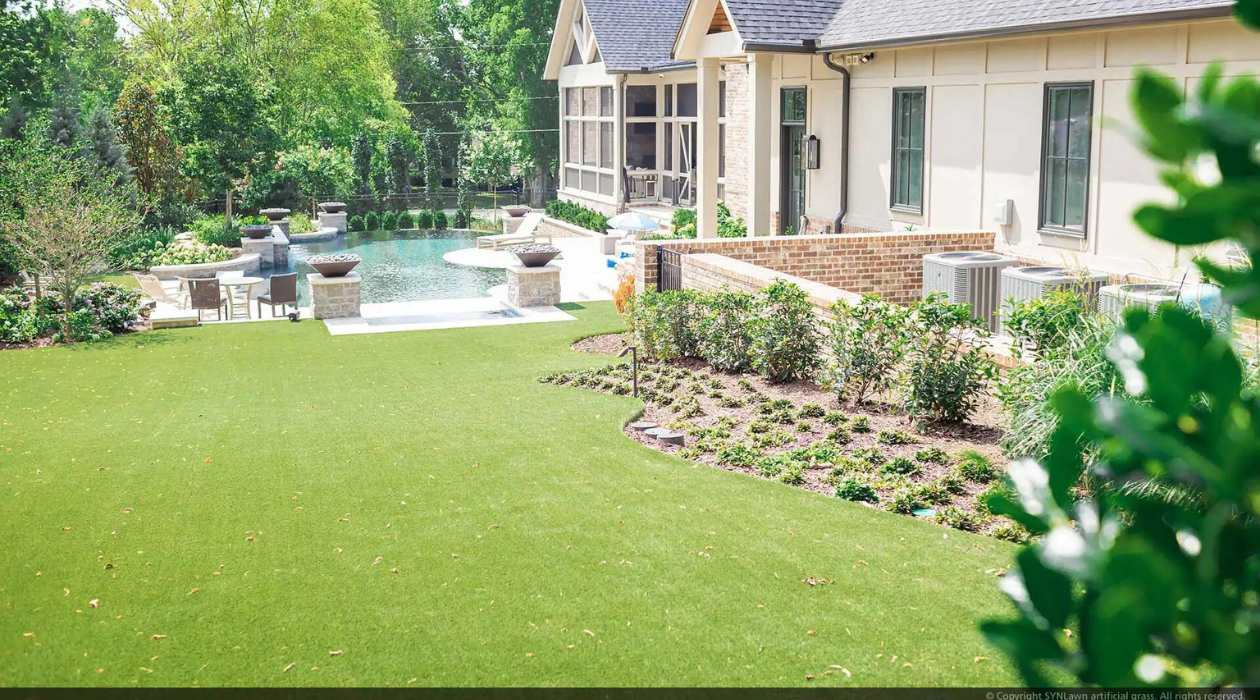
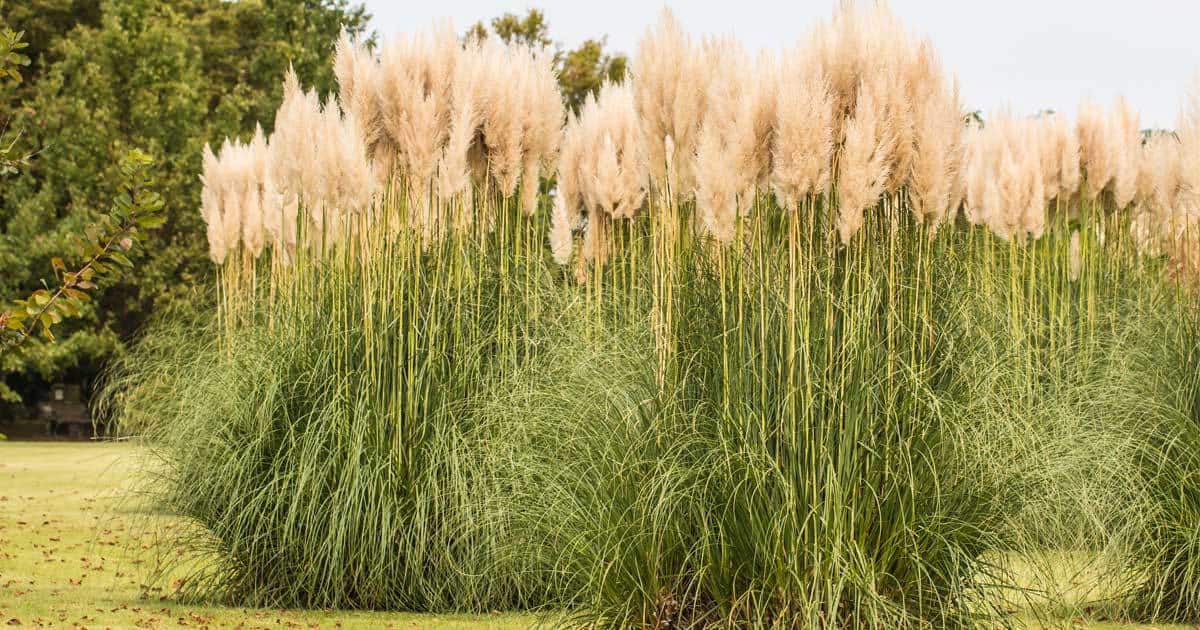
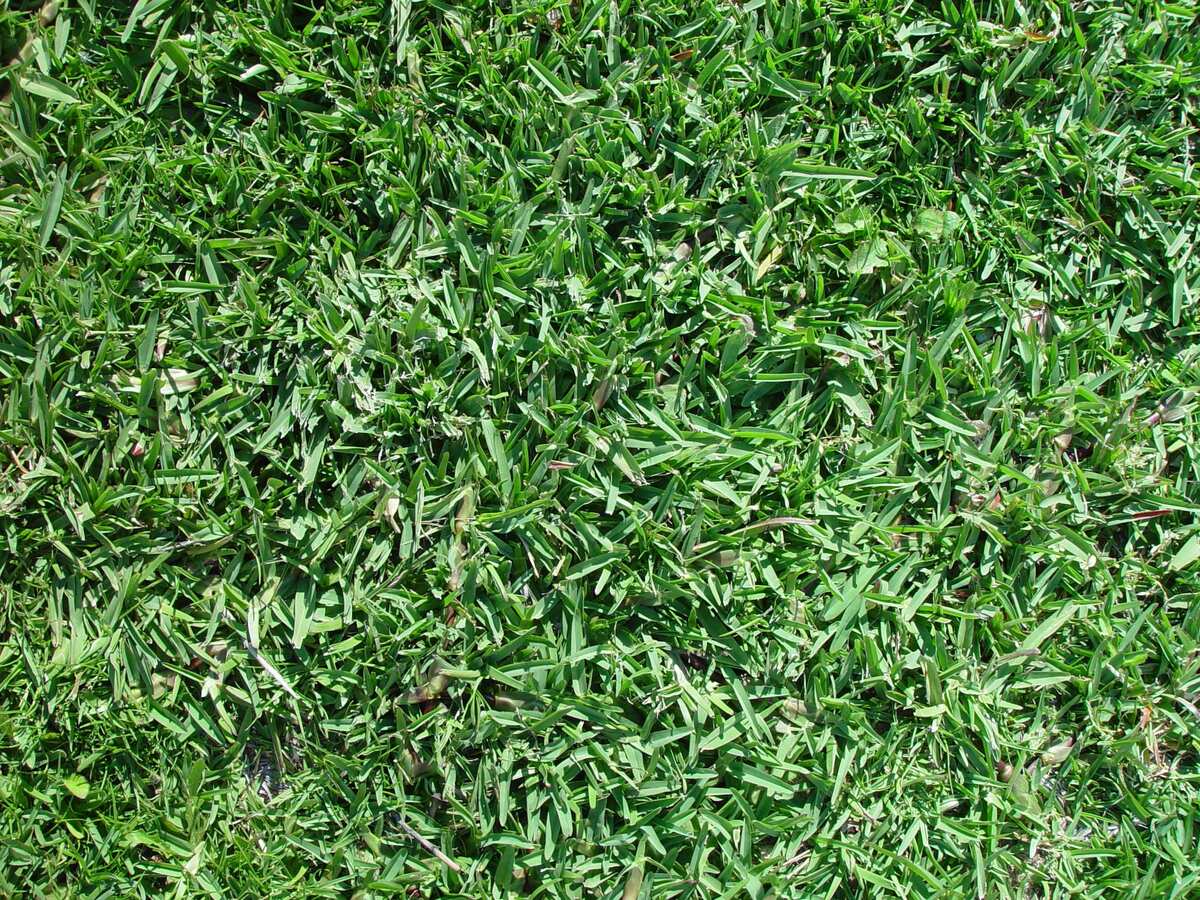
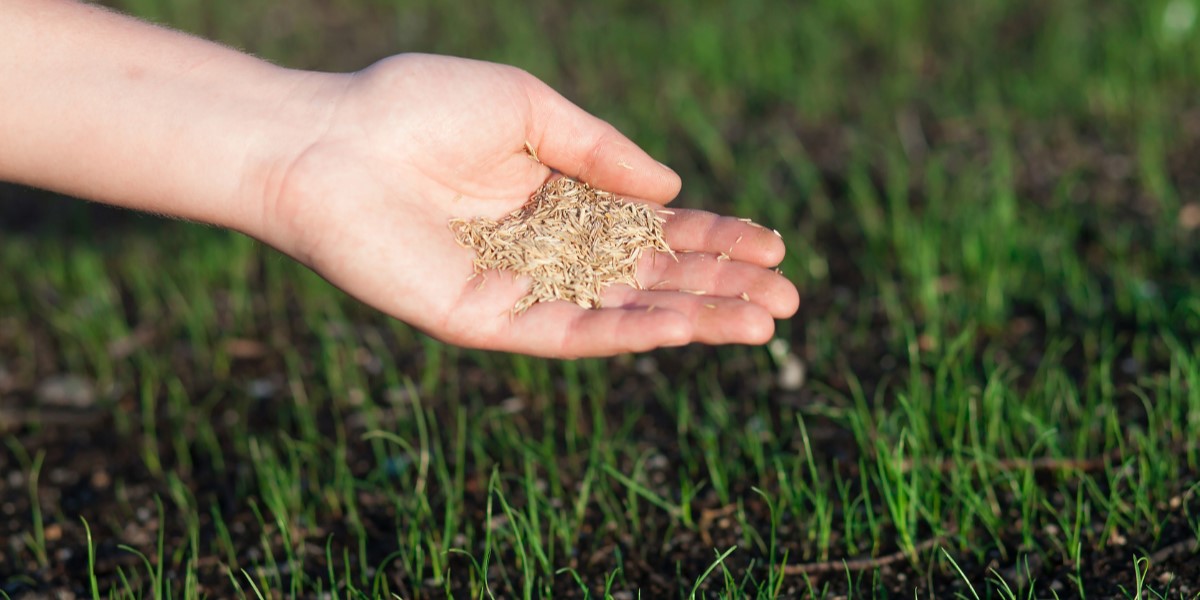
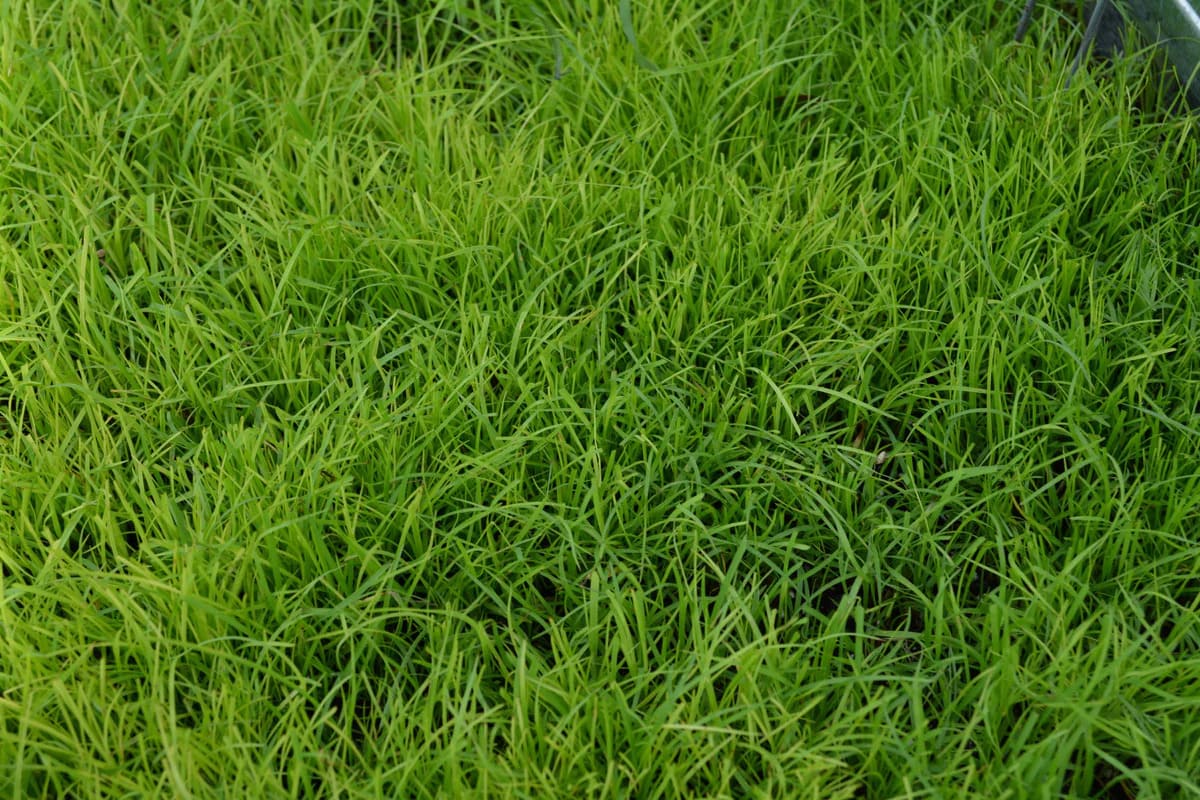
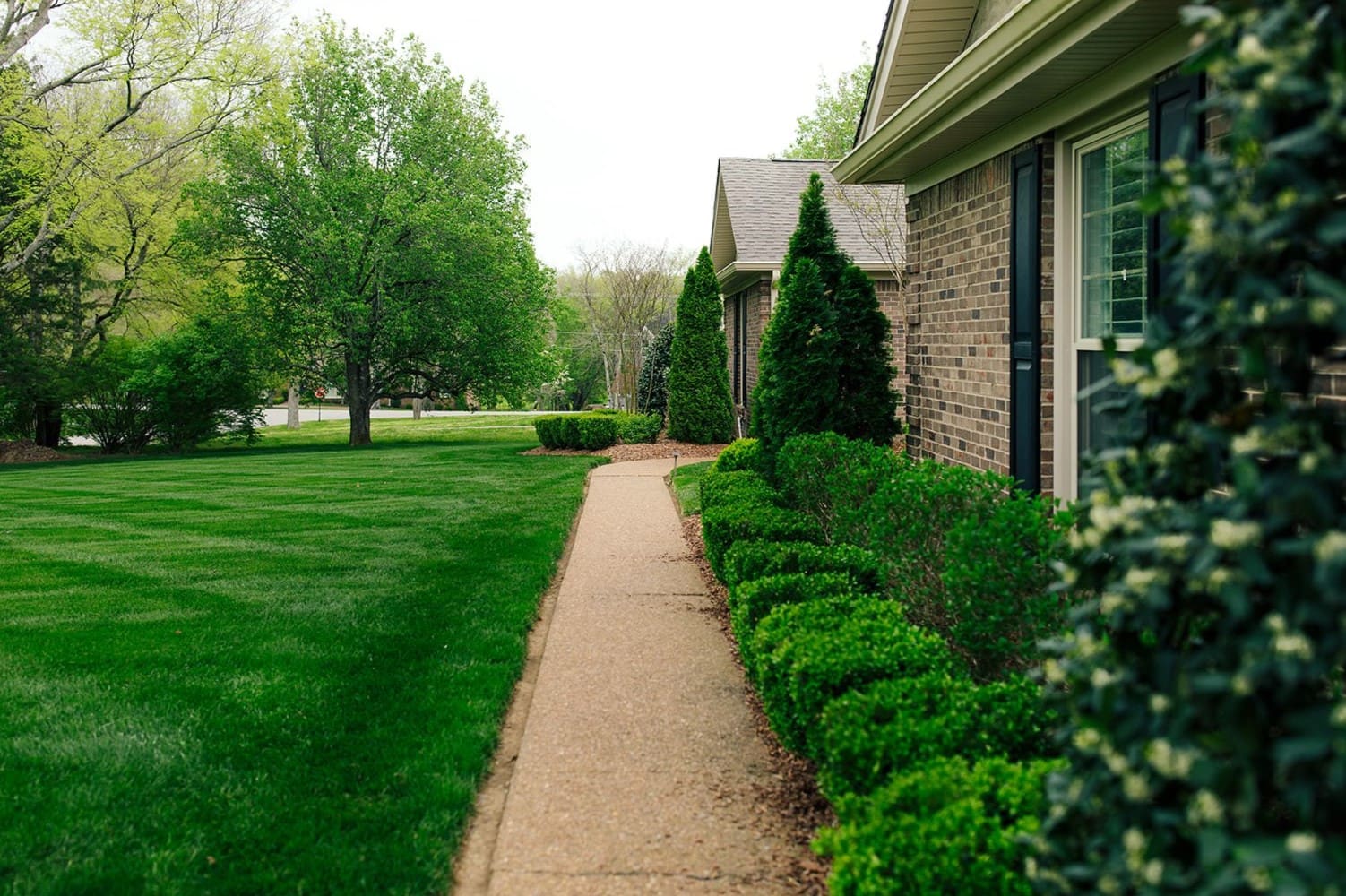
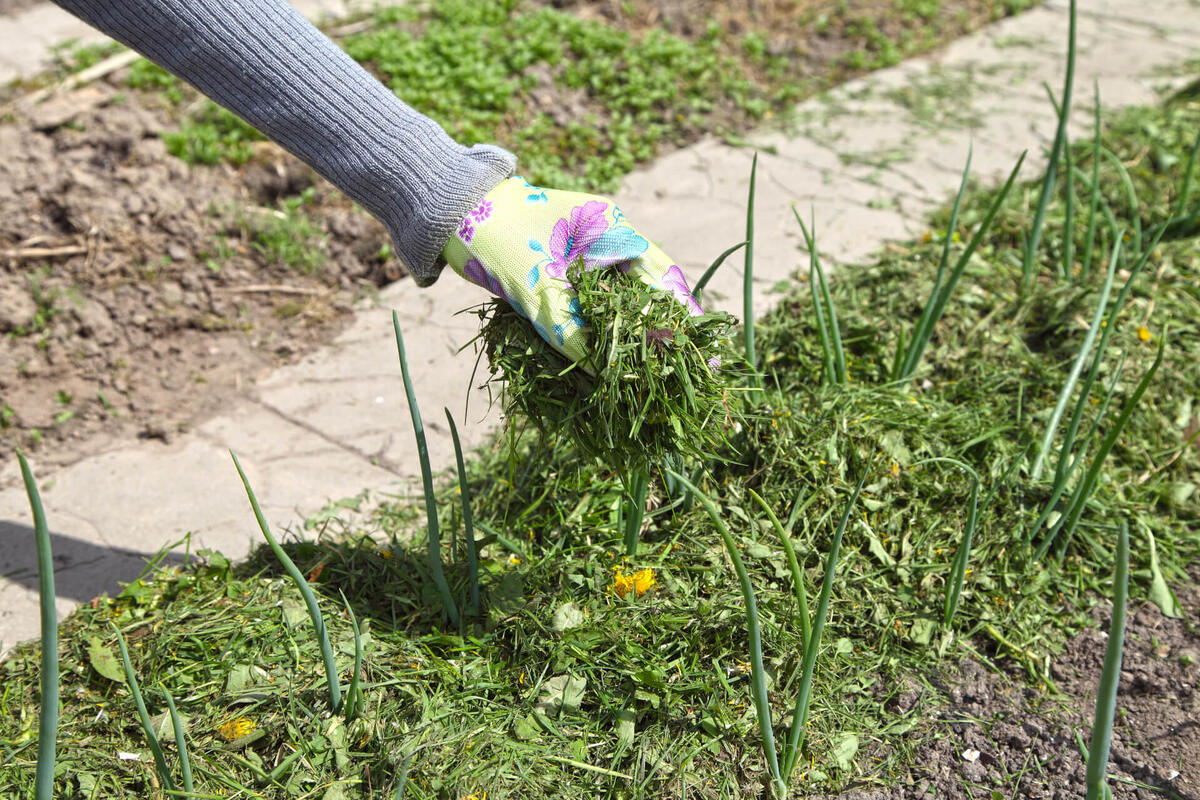

0 thoughts on “When Grass Goes To Seed, Will It Grow”